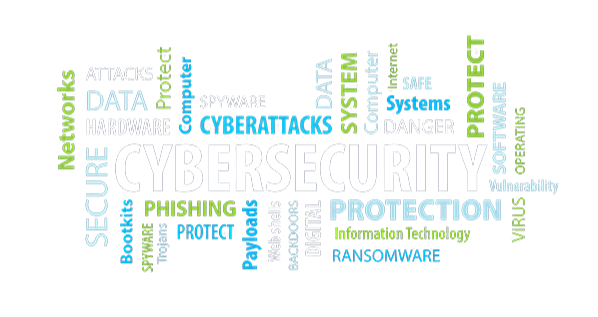
Stay Safe with SyberSafe
With a focus on cybercrime prevention, SyberSafe combines "syber" and "safe" to create a modern and tech-savvy identity that resonates with our mission of raising awareness, providing education, and fostering a safer online environment for all.
What We Do

At SyberSafe, we specialize in raising cyber awareness and promoting digital security through tailored education, training, and cutting-edge solutions. Our mission is to empower individuals and organizations with the knowledge, skills, and tools to identify and mitigate cyber threats, creating a safer online environment and protecting valuable digital assets.
Work
Click On the below buttons to get aware!
Contact Us
Experiencing a cyber attack can be a stressful and challenging situation. While it is impossible to cover every aspect of cyber attacks in a single response, here are some essential things you should know if you encounter a cyber attack:1. Recognize the signs: Be vigilant and aware of potential signs of a cyber attack, such as unusual system behavior, unexpected pop-ups, slow performance, unexplained data loss, disabled security software, or unauthorized account access.2. Immediate response: Act quickly to limit the damage. Disconnect affected systems from the network to contain the attack and prevent further spread. Notify relevant stakeholders and incident response teams within your organization.3. Preserve evidence: Document and record all relevant information, including the date and time of the attack, symptoms, affected systems, and any suspicious files or activities. Preserving evidence can aid in the investigation and potential legal actions.4. Contact cybersecurity experts: Reach out to cybersecurity professionals who can assist in analyzing the attack, mitigating its effects, and securing your systems. Engaging external experts can provide fresh perspectives and specialized knowledge.5. Report the incident: Inform law enforcement agencies, such as your local police or cybercrime units, about the attack. They can offer guidance, initiate investigations, and help prevent similar attacks on others.6. Assess and contain the breach: Conduct a thorough investigation to identify the entry point, extent of damage, and compromised data or systems. Isolate affected systems to prevent further harm and remove the attacker's access.7. Inform stakeholders: Keep affected parties, including employees, customers, or partners, informed about the incident promptly. Transparent communication can help build trust and manage the aftermath effectively.8. Strengthen security measures: Learn from the attack and enhance your security posture. Implement robust security measures, such as firewalls, intrusion detection systems, antivirus software, strong passwords, two-factor authentication, and employee cybersecurity training.9. Backup and recovery: Regularly back up critical data and systems to offline or offsite locations. This practice ensures that you can recover important information in case of a successful attack or data loss.10. Stay updated on emerging threats: Cybersecurity threats are constantly evolving. Stay informed about the latest attack techniques, vulnerabilities, and security best practices. Follow reputable cybersecurity blogs, news sources, and consider participating in relevant forums or industry events.Remember, cybersecurity is a continuous process, and prevention is better than reaction. By implementing strong security measures and staying proactive, you can significantly reduce the risk of falling victim to a cyber attack.